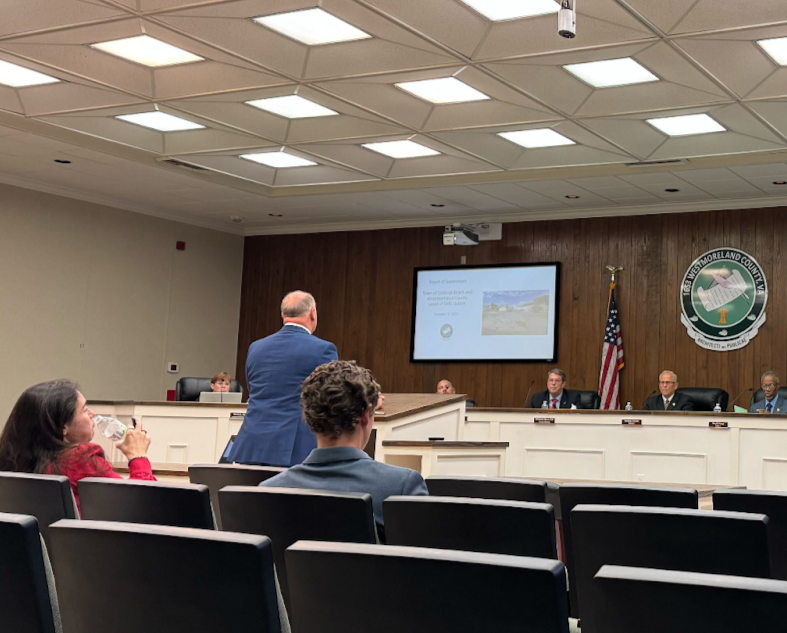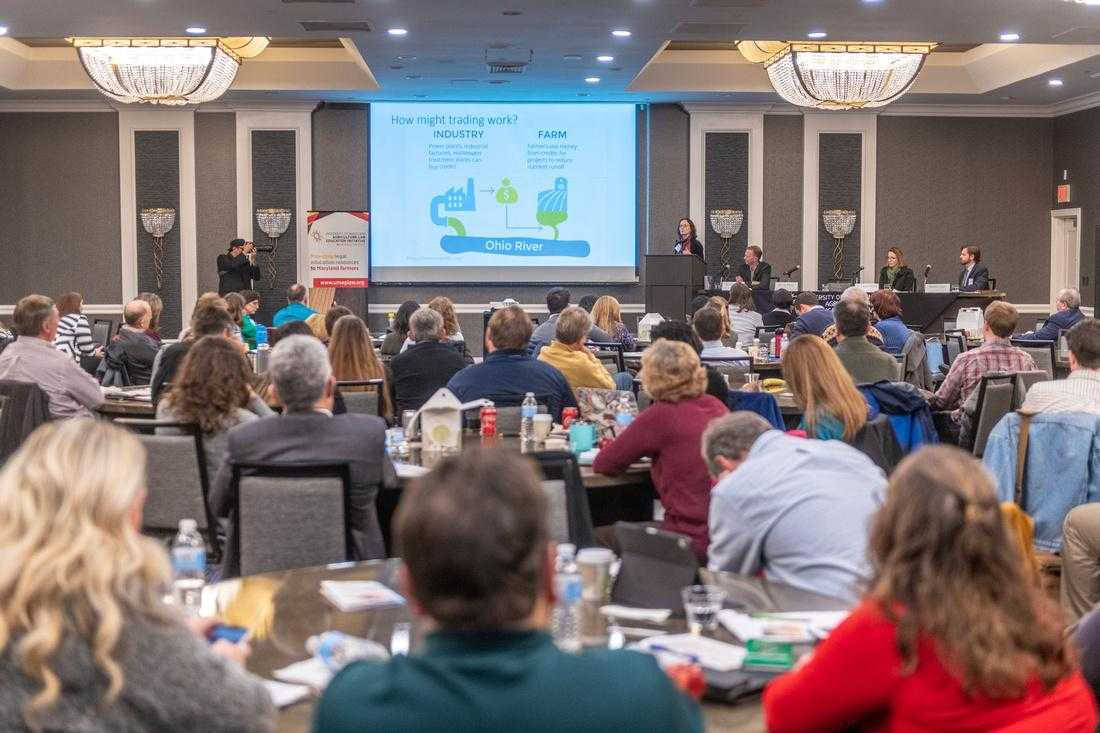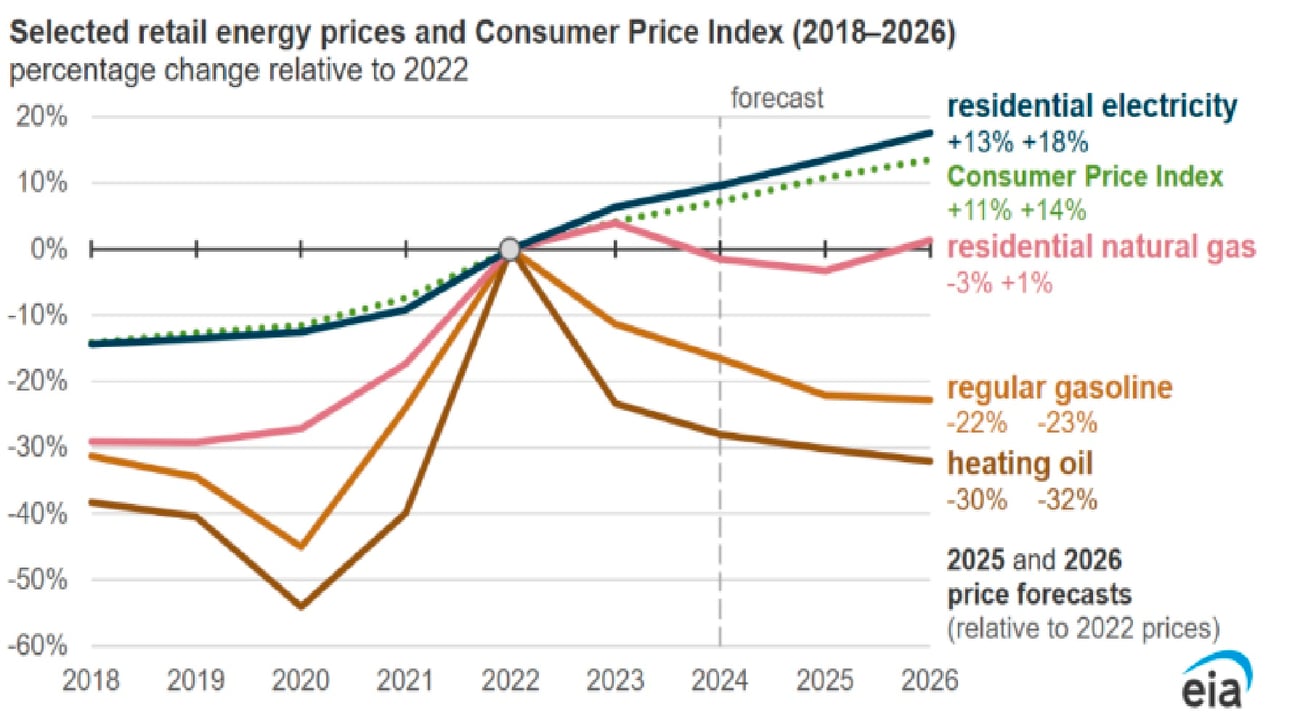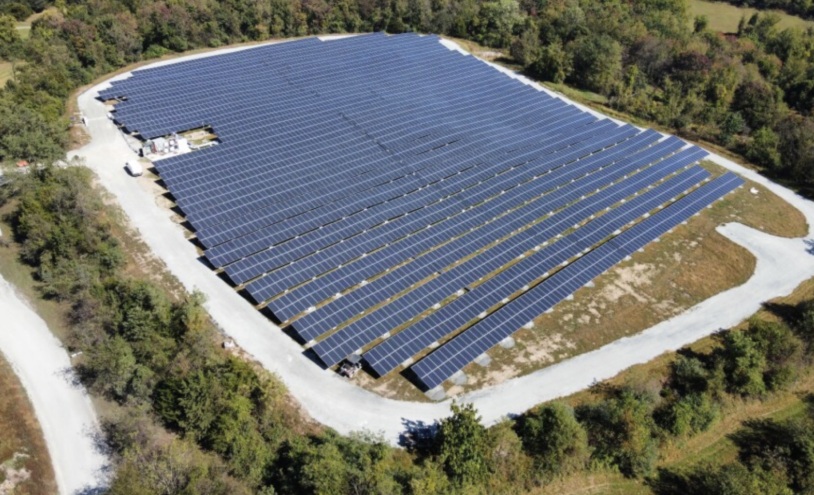|
|
|
Happy Friday!
October 24, 2025
|
|
|
|
This week, the Energy Right team was on the move—from Westmoreland County where we joined a public
hearing on the county’s proposed solar policy, to Lunenburg County for the Southside Opportunity Fund Shooting Classic.
|
|
|
|
|
|
|
|
Taking Aim at Opportunity: Energy Right Joins Southside Shooting Classic
|
 |
|
|
|
Energy Right was proud to take part in the Southside Opportunity Fund Shooting Classic on Friday, October 17, at Arrowhead Gun Club in Lunenburg County. Hosted by Southside Electric Cooperative (SEC), the event gathered regional partners, businesses, and community organizations for a day of friendly competition supporting scholarships for local students. Since 2016, the Southside Opportunity Fund has awarded 240 scholarships totaling $284,500 to high school seniors across SEC’s 18-county service territory—an investment in the next generation of Southside Virginia’s workforce and community leaders.
With roughly 150 participants across 30 teams, the event drew representation from across Southside Virginia’s civic and economic landscape, including Mecklenburg Electric Cooperative, BWXT Technologies, local businesses, and youth organizations. Energy Right was honored to join them—not only to compete but to connect with those driving the region’s growth and development. Conversations throughout the day focused on community investment, rural education, and the importance of supporting skilled trades.
The Shooting Classic embodies what makes Southside Virginia unique: collaboration between cooperatives, businesses, educators, and civic leaders to create opportunity where it matters most. For Energy Right, participating in this event reinforces our commitment to building strong partnerships and supporting the communities that power Virginia’s future.
|
|
|
|
|
|
|
|
From the Field
|
|
|
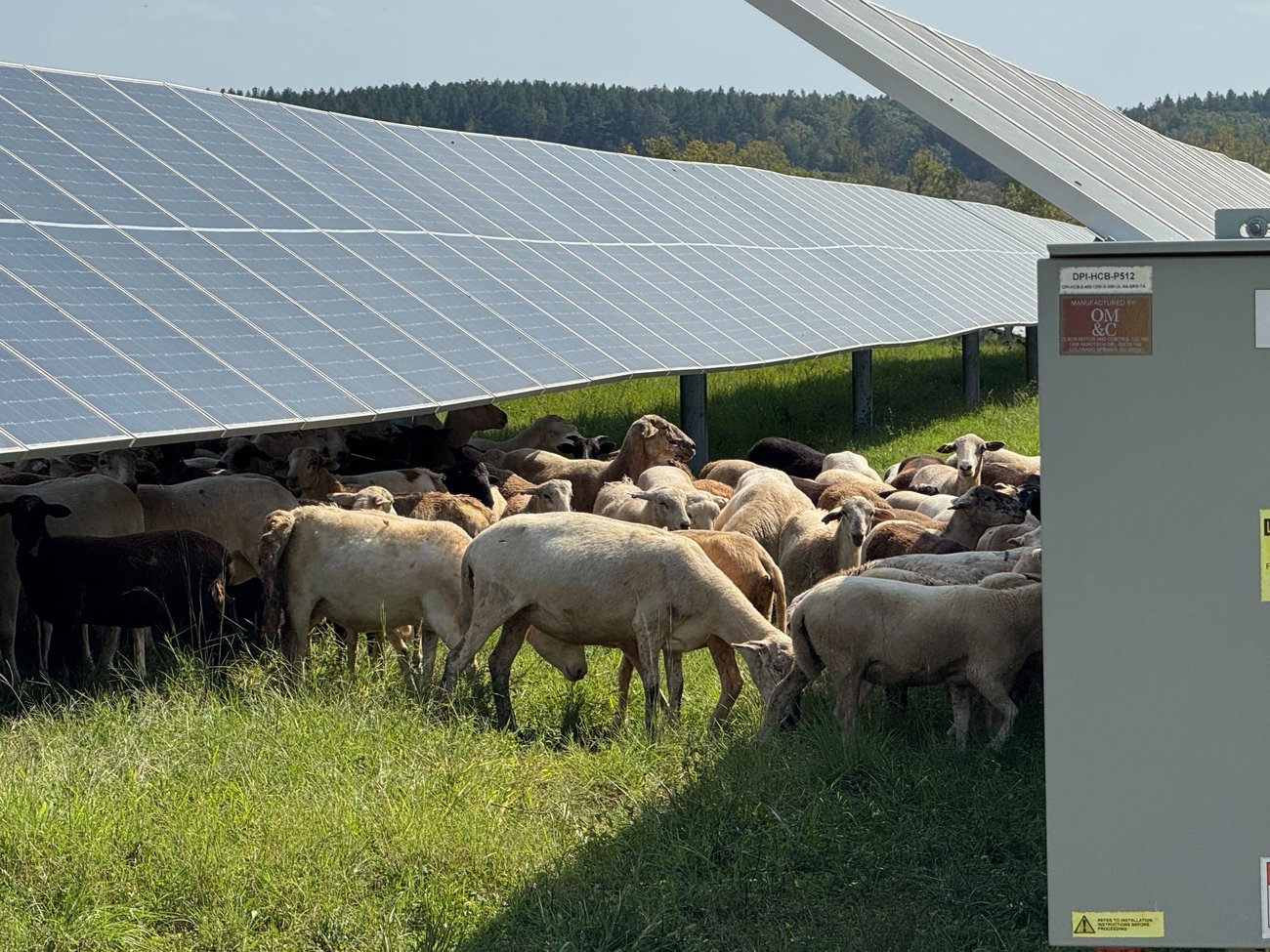 |
|
Crystal Hill Solar Farm
|
|
The sheep grazing at Crystal Hill meander through the solar panels to find the best areas for lunch—this style of agrivoltaics is what we love to see, and one of the best examples of clean energy, done the Right Way.
|
|
|
|
Follow Us
|
|
|
|
|
|
|
|
|
|
Local Policies Need Balance, not Barriers
|
|
|
|
|
Last week, the Energy Right team participated in a public hearing in Westmoreland County, where the Board of Supervisors considered adopting a new Solar Energy Policy into its Comprehensive Plan. The proposal included unusually large setback requirements—1,000 feet from primary roads, 500 feet from secondary roads, 1,000 feet from non-consenting homes, and nearly 4,000 feet from tidal waters. We raised concerns that such restrictions could effectively preclude solar development altogether and noted that the Planning Commission had not yet made a recommendation due to limited public input and uncertainty around the policy’s intent. Recognizing these concerns, the Board decided to delay adoption to
allow for further review.
This decision reflects a broader trend emerging across Virginia, where some counties are adopting ordinances so stringent that they make clean energy development nearly impossible. While thoughtful local regulation is essential to protect community character and ensure responsible siting, excessive setbacks, arbitrary acreage caps, and overly burdensome screening standards can move beyond prudence and into prohibition. When that happens, localities risk not only losing investment and tax revenue but also hindering the state’s broader clean energy transition.
If too many local governments enact restrictive ordinances, state leaders may be prompted to intervene under the Virginia Clean Economy Act and related mandates to meet carbon reduction and renewable energy goals. That would mean less local control, not more. Energy Right continues to advocate for balanced, evidence-based solar policies—those that maintain community integrity while enabling reasonable, responsible energy growth. Westmoreland County’s decision to revisit its policy is an encouraging step toward that balance and a model for other localities to follow.
|
|
|
|
|
|
|
|
|
|
|
|
Our team went to Botetourt, Halifax, King George, Roanoke, and Spotsylvania!
|
|
|
|
|
|
|
|
|
|
On Wednesday, the Energy Right team attended the Small Farm Summit hosted by Virginia State
University down in Norfolk. The summit was a great opportunity to meet faculty and staff working within the College of Agriculture and learn about the future of Randolph Farm’s agrivoltaics project. Many of those in attendance are also farmers from Southside Virginia who are trying to bring new life to their family farm. Of those we got to connect with, renewables was a topic of discussion that they had been familiar with over the past year. We shared information, stories, and contacts that will foster more educational awareness and outreach for small farmers and universities across Virginia.
|
|
|
|
|
|
|
|
Dimension Energy secures $412 million to advance community solar projects
– PV Magazine
|
|
A new agrivoltaics pilot in Loudoun County is testing whether solar panels and vegetable farming can truly coexist. The Piedmont Environmental Council’s small-scale project blends solar infrastructure with active crop production, offering a model that could ease tensions between clean energy expansion and farmland preservation across Virginia.
With over a quarter of Virginia’s large-scale solar built on cropland, this project offers timely insight into land use solutions. If scalable, crop-based agrivoltaics could help bridge the divide between rural landowners, clean energy goals, and agricultural viability.
|
|
|
|
|
|
|
|
|
|
NEXT WEEK
We’ll be travelling to Dinwiddie, Franklin, Orange, and Southampton!
|
|
|
|
|
|
|
|
|
|
Baltimore County, Maryland, has turned its closed 213-acre Parkton Landfill into a productive asset
with a 7 MW solar project expected to offset 11% of the county government’s electricity use. Through a long-term power purchase agreement with TotalEnergies, the county will cut emissions, stabilize energy costs, and repurpose an underutilized site for lasting public benefit. This innovative reuse model shows how local governments can meet sustainability goals while protecting taxpayers — proving that environmental responsibility and fiscal prudence can work hand in hand. With another landfill solar project planned by 2028, Baltimore County is positioning itself as a leader in practical clean energy adoption.
|
|
|
|
|





